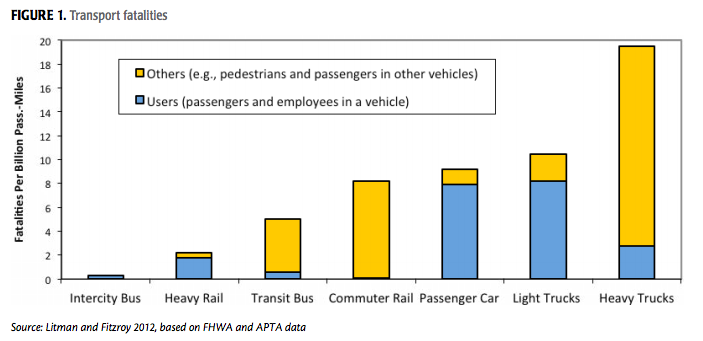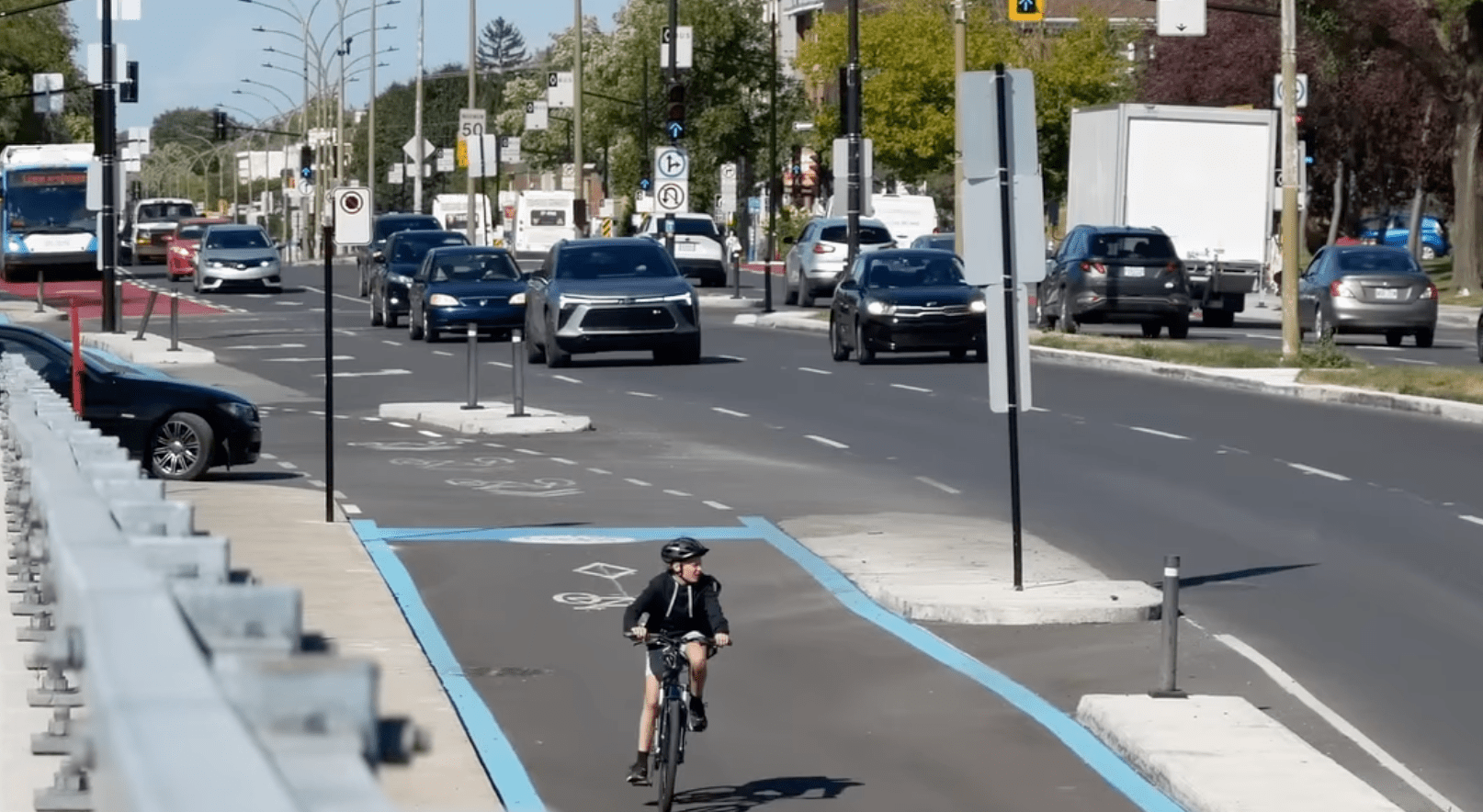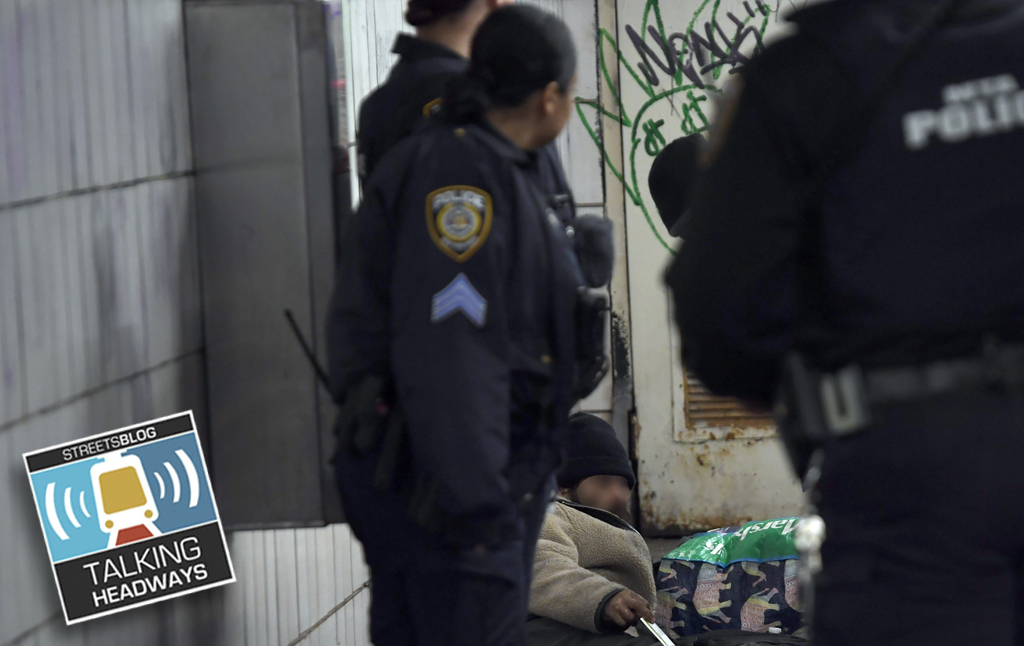
Keep this in mind the next time a high-profile train crash generates more press coverage than a year's worth of car wrecks: Despite the media sensationalism and overwrought regulatory responses that follow such events, transit is already a lot safer than driving.
Looking at traffic fatalities per mile traveled in the U.S., analyst Todd Litman found that riding commuter or intercity rail is about 20 times safer than driving; riding metro or light rail is about 30 times safer; and riding the bus is about 60 times safer. Factoring in pedestrians and cyclists killed in crashes with vehicles, the effect is smaller but still dramatic: the fatality rate associated with car travel is more than twice as high as the rate associate with transit. Litman's study was recently published in the Journal of Public Transportation [PDF].
Litman notes that most transit travel involves some walking or biking, which carry a relatively high risk of traffic injury. But those risks are mostly offset by the health benefits of physical activity. Living in a place with good transit has safety benefits as well: Litman cites research showing that cities with higher transit ridership rates tend to have lower per-capita traffic fatality rates.
Using FBI data, Litman also busts the myth that transit is linked to high levels of crime. While direct comparison is difficult because transit riders and drivers are susceptible to different types of crimes (transit riders are more likely to encounter assault and property theft, while drivers see more to road rage incidents, vehicular assault, and auto theft), Litman shows that on balance, people riding transit are less likely to be victimized than car drivers, passengers, and owners.
While much transit service operates in low-income communities with relatively high crime rates, Litman writes, relatively few crimes occur on transit property. In fact, when you normalize for exposure, owning a car and making driving trips is riskier than riding transit, Litman finds. Litman says transit facilities tend to have low crime risk because of there are so many other people around keeping an eye on things: employees, passengers, and bypassers.
"The greatest risks occur when passengers walk and wait in isolated areas, but these risks are no greater than what motorists encounter walking to and from isolated parking lots," he writes.
Furthermore, the types of property thefts transit riders usually encounter -- a stolen wallet or phone -- generally incur much less expense than having your car stolen or vandalized. The average car theft costs about $6,000, according to Litman.
In media coverage and in transit agencies' own public messaging campaigns, transit is often linked to the threat of terrorism, but internationally, Litman notes, about 360 times more people are killed in auto collisions than in incidents of terrorism.
Litman concludes that transit agencies should make the safety of bus and rail travel more of a key selling point, instead of broadcasting messages like the "If you see something, say something" campaign that end up contributing to a heightened sense of risk.





